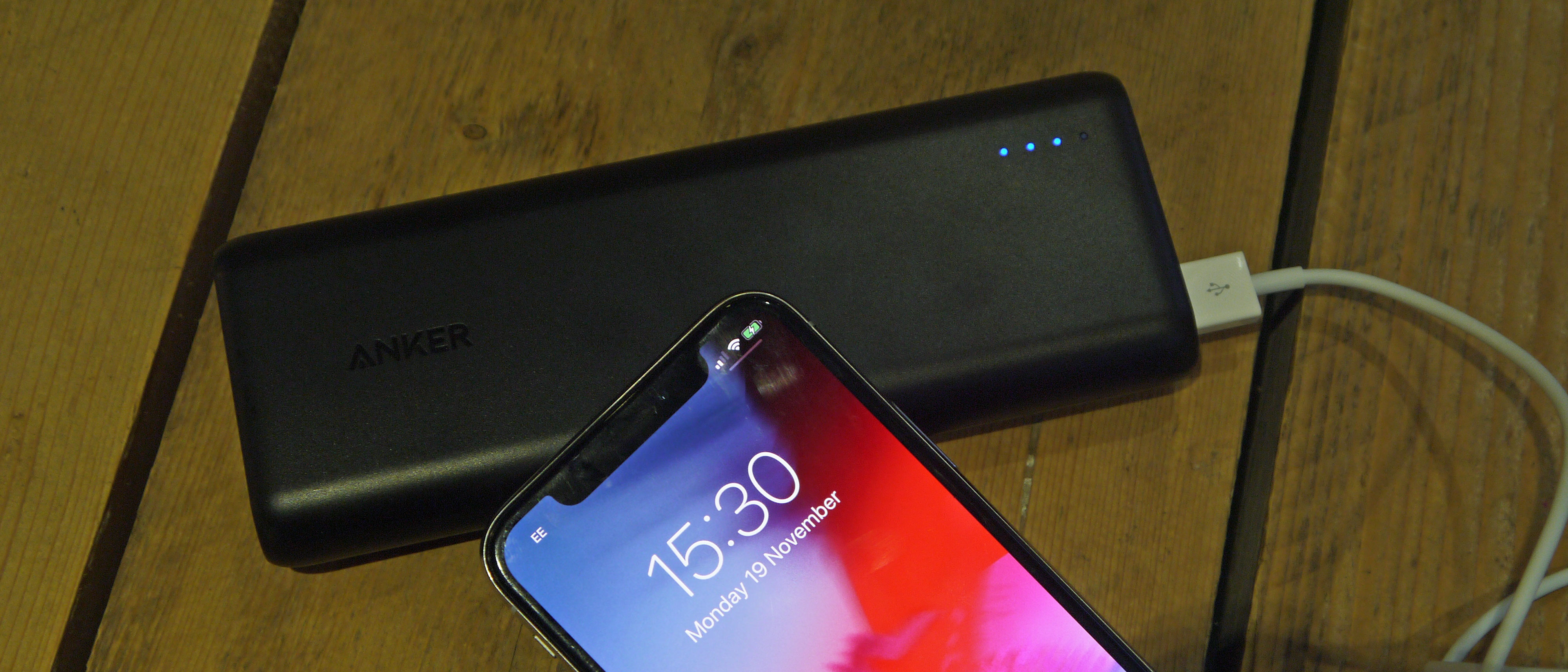TechRadar Verdict
The Anker PowerCore 20100 is one of the best power banks money can buy and it's affordable too. Pick this one up if you're looking for a portable charger to keep your phone and other gadgets pumped up.
Pros
- +
Large capacity
- +
Slimline design
Cons
- -
Takes 10 hours to charge
- -
No exciting features
Why you can trust TechRadar
A power bank is a necessity for some to keep their phone charged up throughout a whole day, and there's a huge selection of products on the market to choose from.
Anker is one of the most popular names in the portable charger space, and the Anker PowerCore 20100 is one of its best-selling products.
But is it the right size for you and will it suit you to recharge your phone, tablet and other accessories on a daily basis? We've made this mini review so you can get the answers to those questions.
Anker PowerCore 20100 price
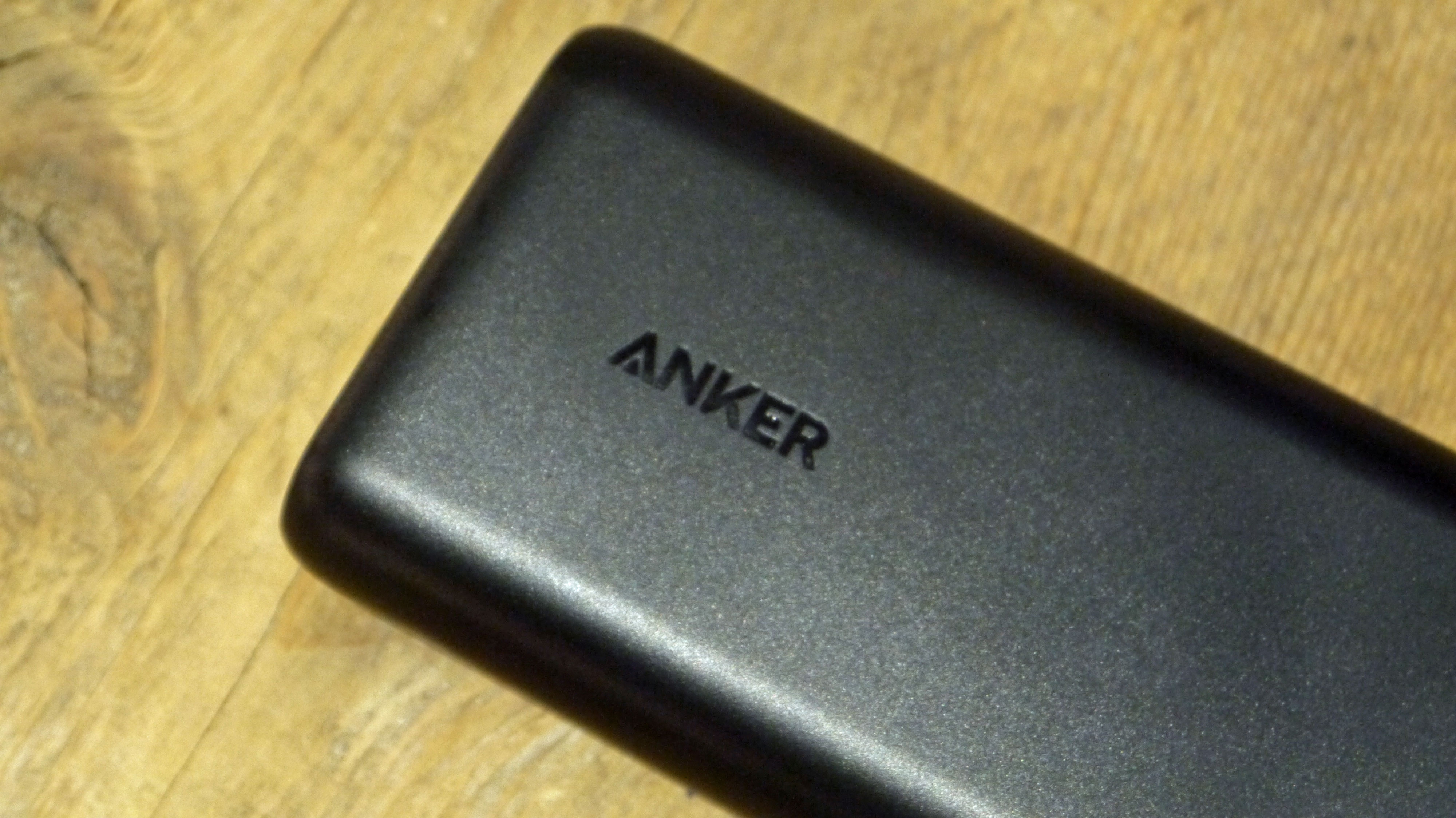
The version of the Anker PowerCore 20100 we've tried costs $49.99 / £32.99 / AU$89.95 from major retailers, but you're sure to be able to find it for a bit less around sales periods.
Anker often puts its chargers on sale over Black Friday and other sales periods, so be sure to keep an eye out for price drops throughout the year.
Design and portability
The Anker PowerCore 20100 is very portable considering its capacity. The company has improved the design of its power banks a lot in recent years, and this version is the best we've seen yet.
The edges of this are rounded so it's easy to carry, and considering how much battery is hidden inside here you'll be impressed by how light it is at just over 350 grams.
Anker likes to compare this to the weight of a can of soup, and that's a good way of understanding how heavy it's going to be. It won't be heavy enough to really notice in a bag, but it's also not light enough to comfortably carry in your back pocket even though it'll probably fit.
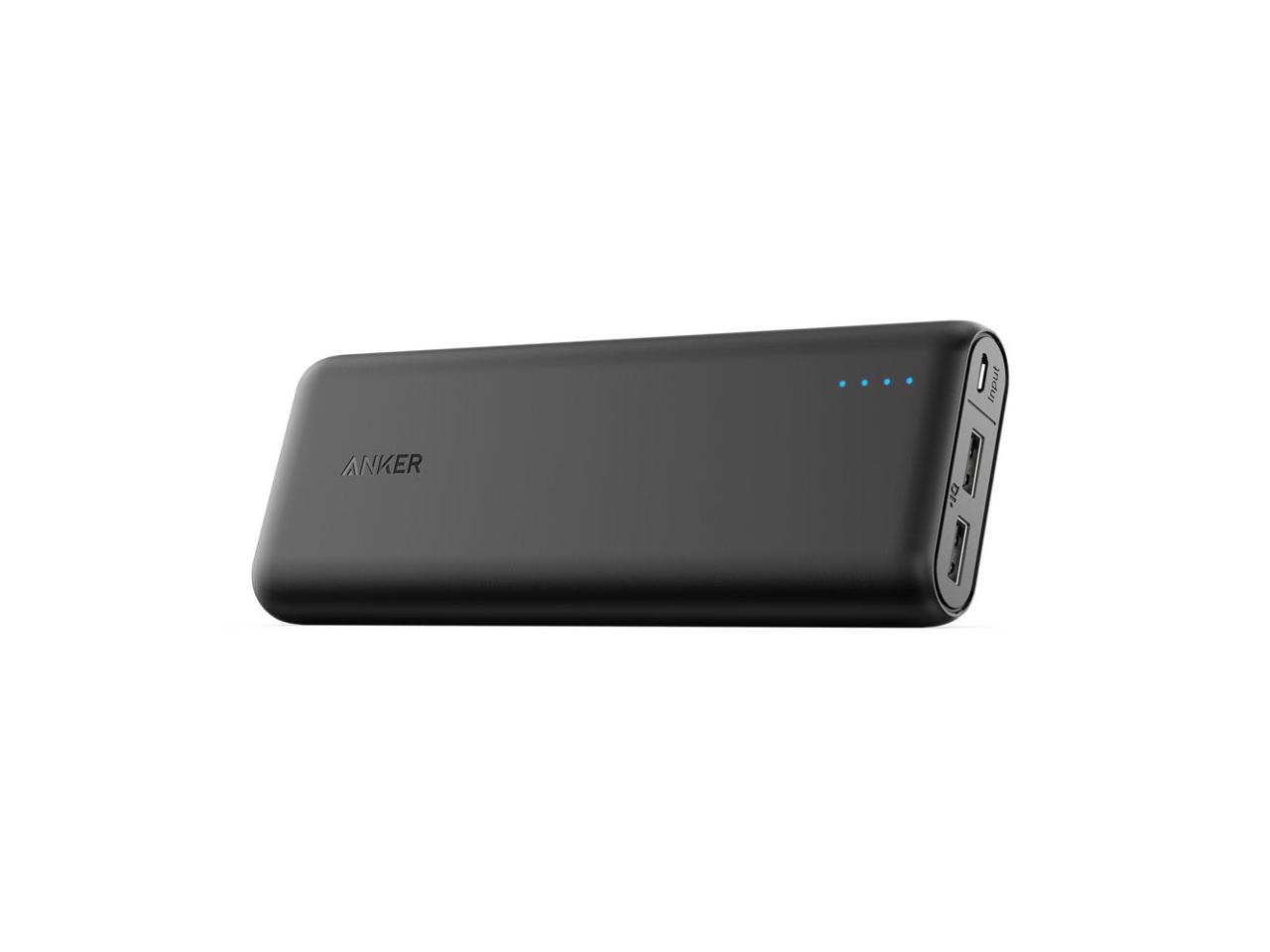
There's relatively little going on around the sides of the device. One of the rounded edges has a button to power on the device, and when you press that four lights will light up on the top side of the device.
This is to indicate how much charge is left inside, so if only two of them light up you'll know there's around 50% left. It's not the most accurate way to tell how much charge you have left, but we found it to work well enough as a general gauge.
One end of the Anker PowerCore 20100 then has two USB ports so you can plug in your own charging cables and charge two devices at once. There's also a micro USB slot for charging up the charger itself. You can buy a version with a USB-C slot, but that's a touch more expensive at the moment.
We'd generally recommend opting for the USB-C version as it should be able to charge quicker and most top-end modern phones now use this universal standard for USB charging.
Charging
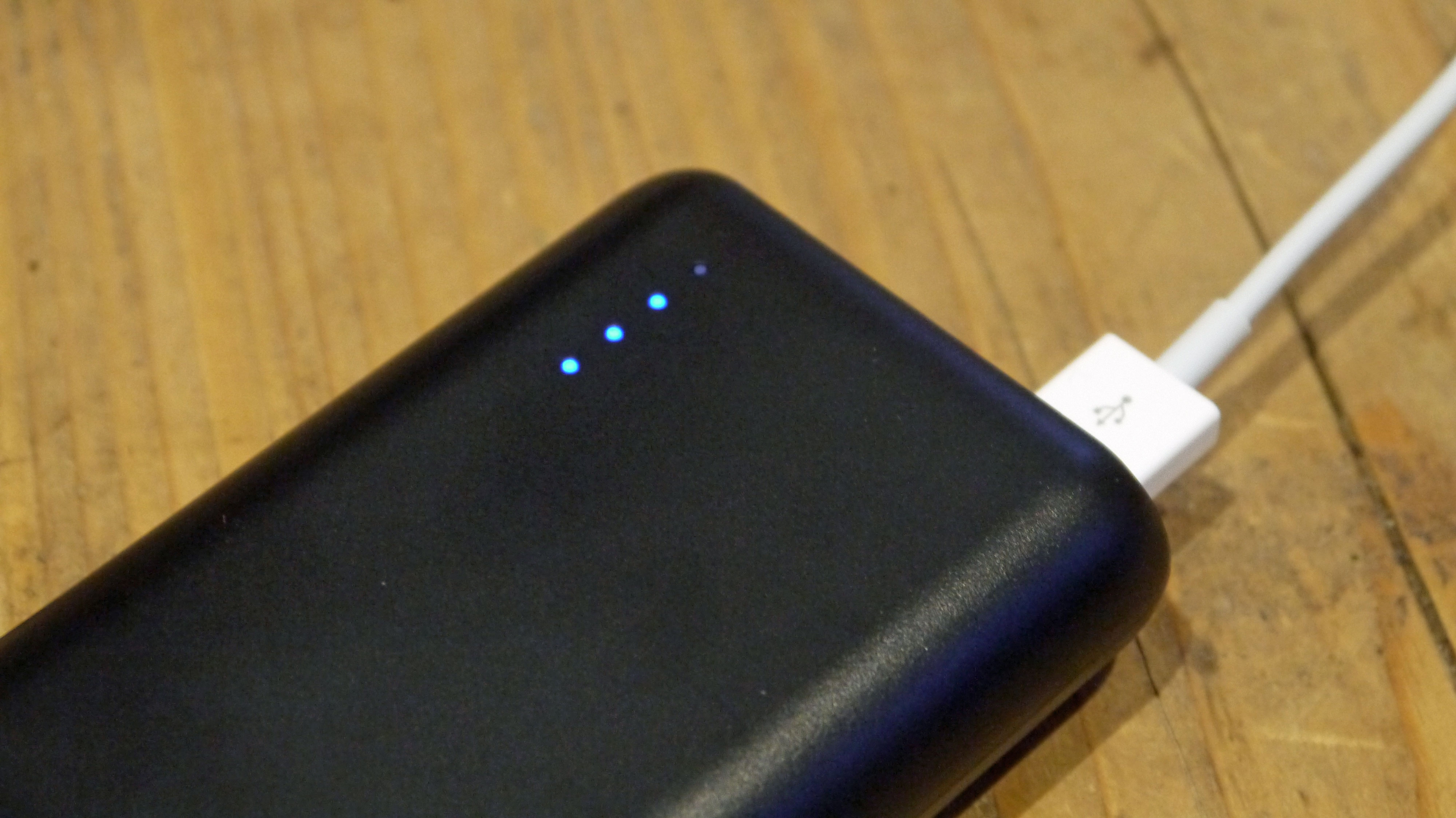
Our test for how quick you can charge up your device is to use an iPhone X and see how long each portable charger takes to charge it to 100% from 0. We ran our iPhone X down to dry and plugged in the phone and found it took two hours and 15 minutes to charge up our handset.
Your phone will likely charge quicker if you opt for a power bank with Qualcomm QuickCharge 3 technology and you've got a compatible device (which the iPhone X isn't).
That's not an option on all versions of the charger from Anker though, so it's worth checking in the exact specs of the listing to know what features the charger has.
With 20,100mAh of battery inside, a fully charged Anker PowerCore 20100 will be able to charge up an iPhone X around seven times before it needs to be charged up again itself.
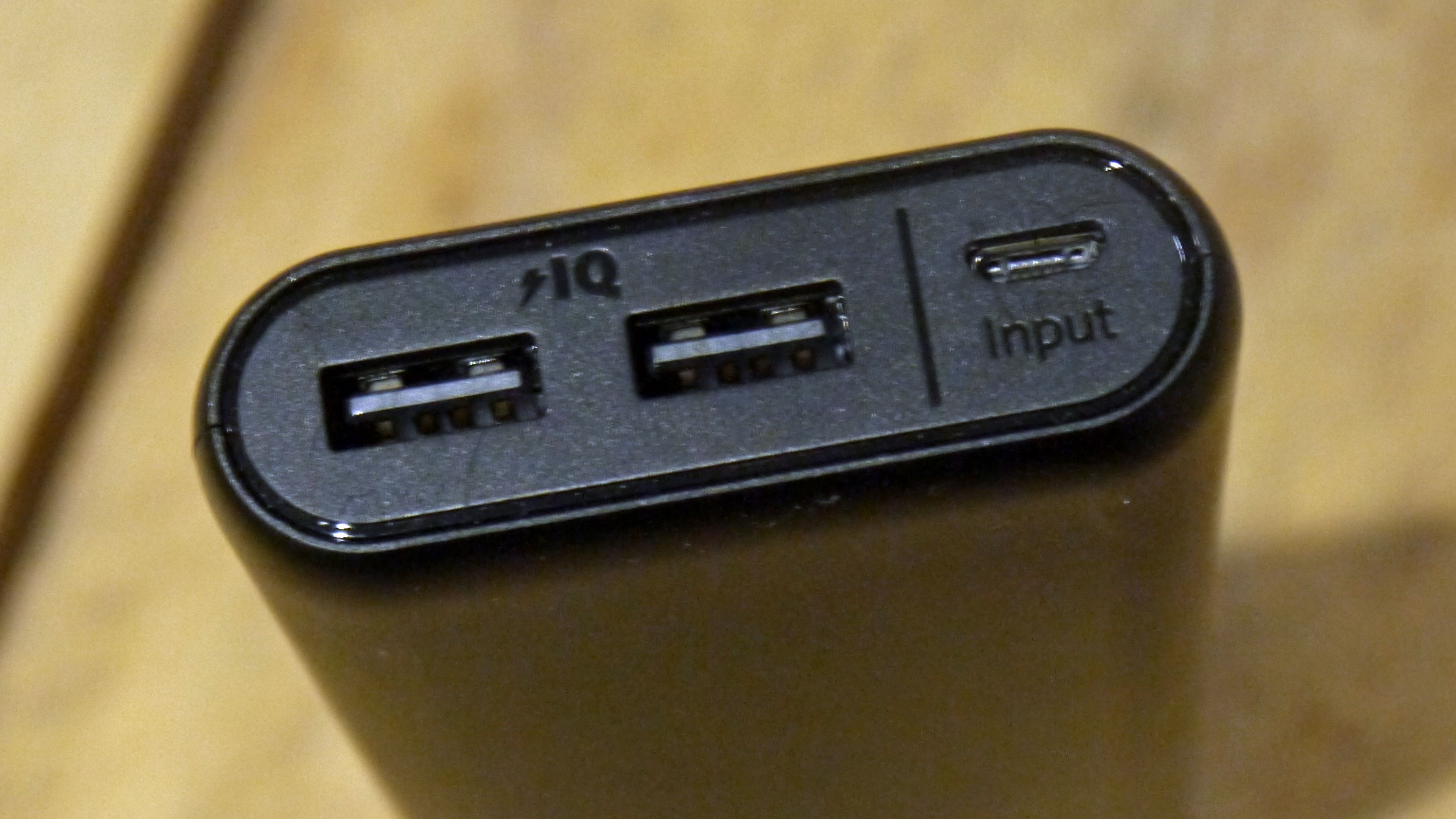
This may be slightly different depending on how quickly your phone will charge from the power bank, but you can be safe in the knowledge this charger will be able to recharge an iPhone X at least seven six times.
The iPhone X has a 2716mAh battery, which is relatively small for a smartphone in 2018. That probably means you won't get seven charges for your phone, but it'll still be quite a lot depending on how big the battery inside your device is.
The iPad Pro 11 comes with a 7800mAh battery inside, so this charger should be able to charge that up at least twice.
Charging up this charger itself is likely to take around 10 hours though, so you'll have to wait quite a while for the power bank itself to charge up. Anker also says some lower amp charging cables will take even longer to charge it.
Anything else I should know?
There's not much else to know about this charger as it doesn't really have any exciting extra features. There's often a micro USB cable in the box to help you recharge the charger itself, but it's generally better to use the cables that came with your devices.
If you're worried about the Anker Powercore overheating, the company has a technology used here called MultiProtect Safety System. It uses 11 different techniques for what the company believes "ensures complete safety for all your devices."
Anker recommends using this with all Apple and Android smartphones and tablets. It can also charge up some laptops and MacBooks, including the 12-inch MacBook 2015, but it's worth noting not all devices will be compatible.
You can often find which devices the charger is compatible with on the online listing you're set to purchase it from.
Verdict
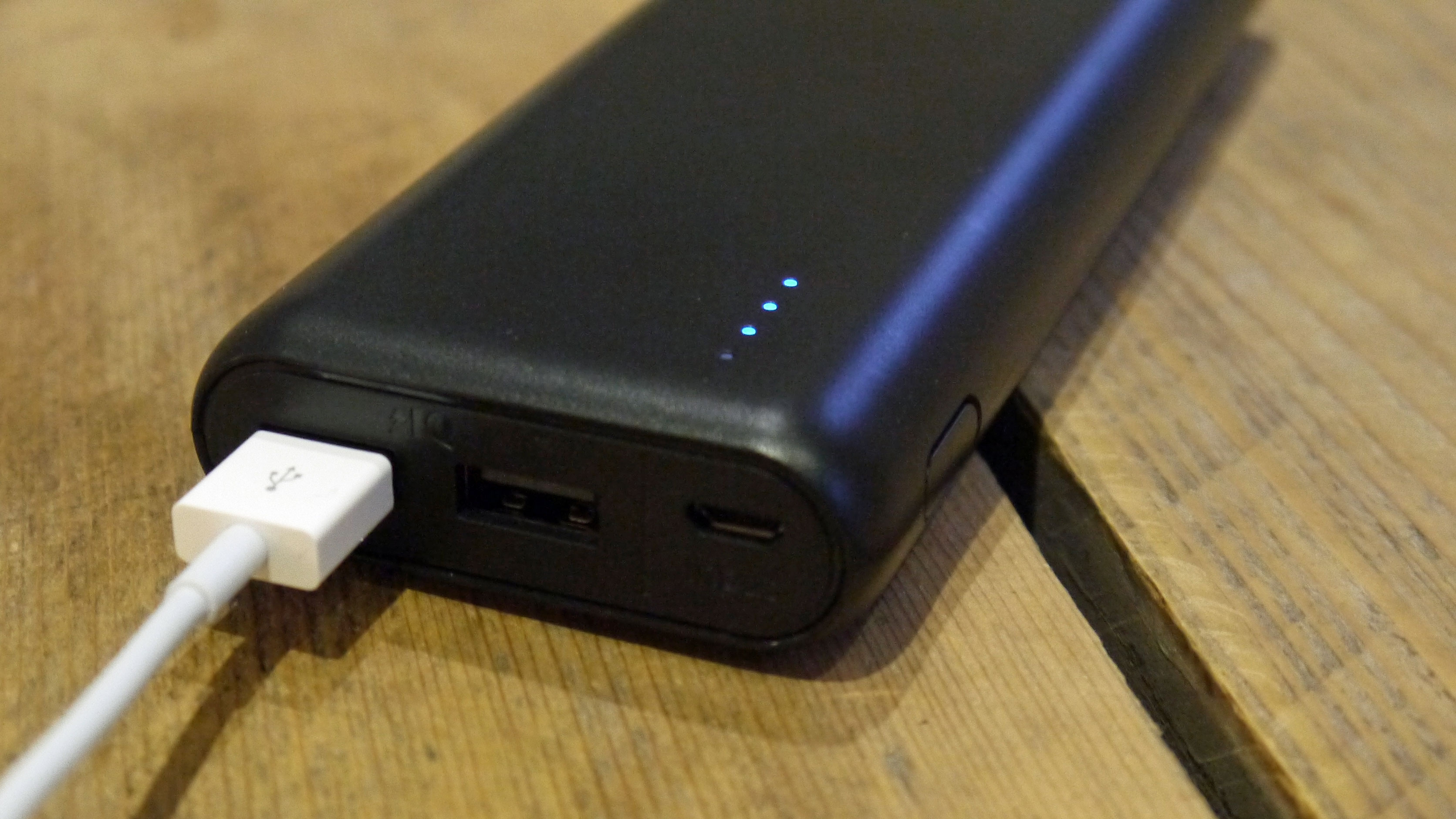
The Anker PowerCore 20100 is a basic device that does exactly what it says on the tin. It can charge your phone quickly, although it may not be as speedy as you can recharge it from the wall.
The PowerCore 20100 should also be able to charge most small devices, like your smartphone, a few times over.
If you can find this Anker charger for a suitable price, it's a good option to have sitting in the bottom of your bag for those times you're going to need to pump up your devices.
James is the Editor-in-Chief at Android Police. Previously, he was Senior Phones Editor for TechRadar, and he has covered smartphones and the mobile space for the best part of a decade bringing you news on all the big announcements from top manufacturers making mobile phones and other portable gadgets. James is often testing out and reviewing the latest and greatest mobile phones, smartwatches, tablets, virtual reality headsets, fitness trackers and more. He once fell over.
